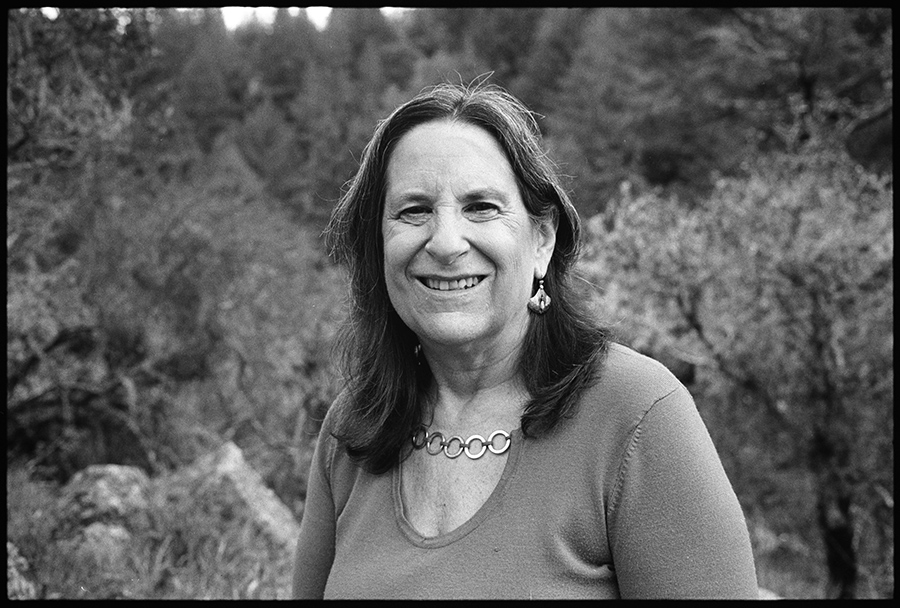In 1979, Wendi Kallins, a Forest Knolls resident and self-described political nerd who is running for the open supervisor seat in District 4 . . .
West Marin, meet Wendi Kallins


In 1979, Wendi Kallins, a Forest Knolls resident and self-described political nerd who is running for the open supervisor seat in District 4 . . .